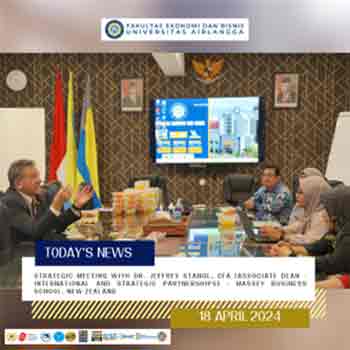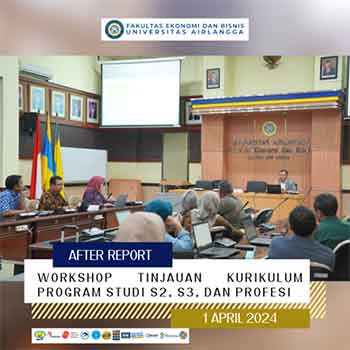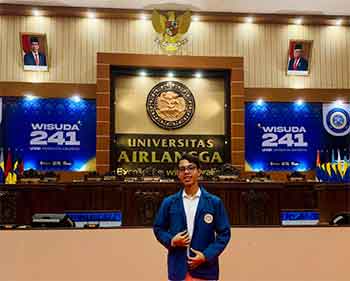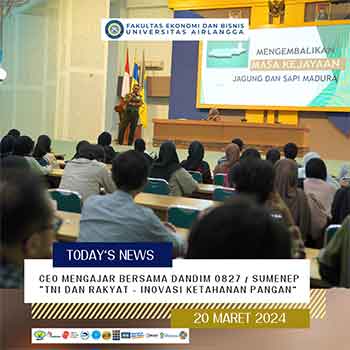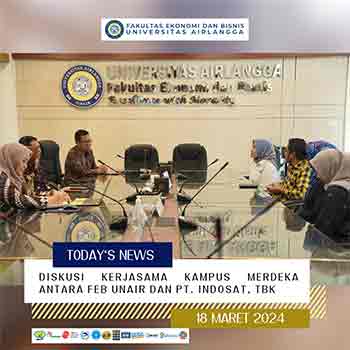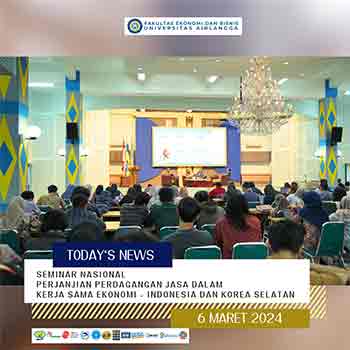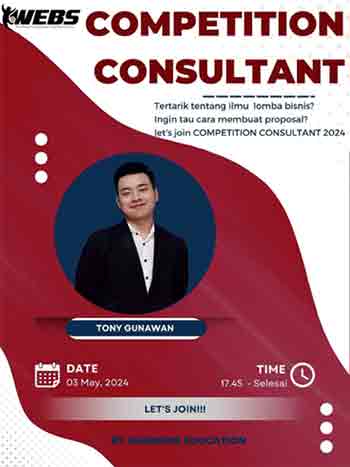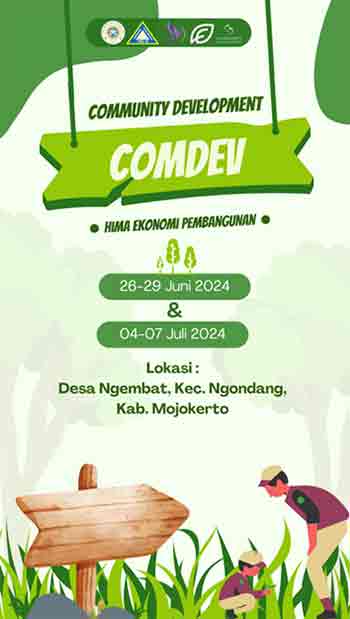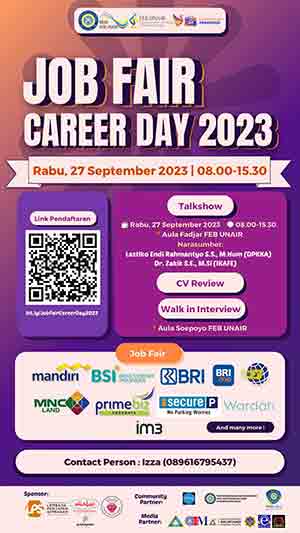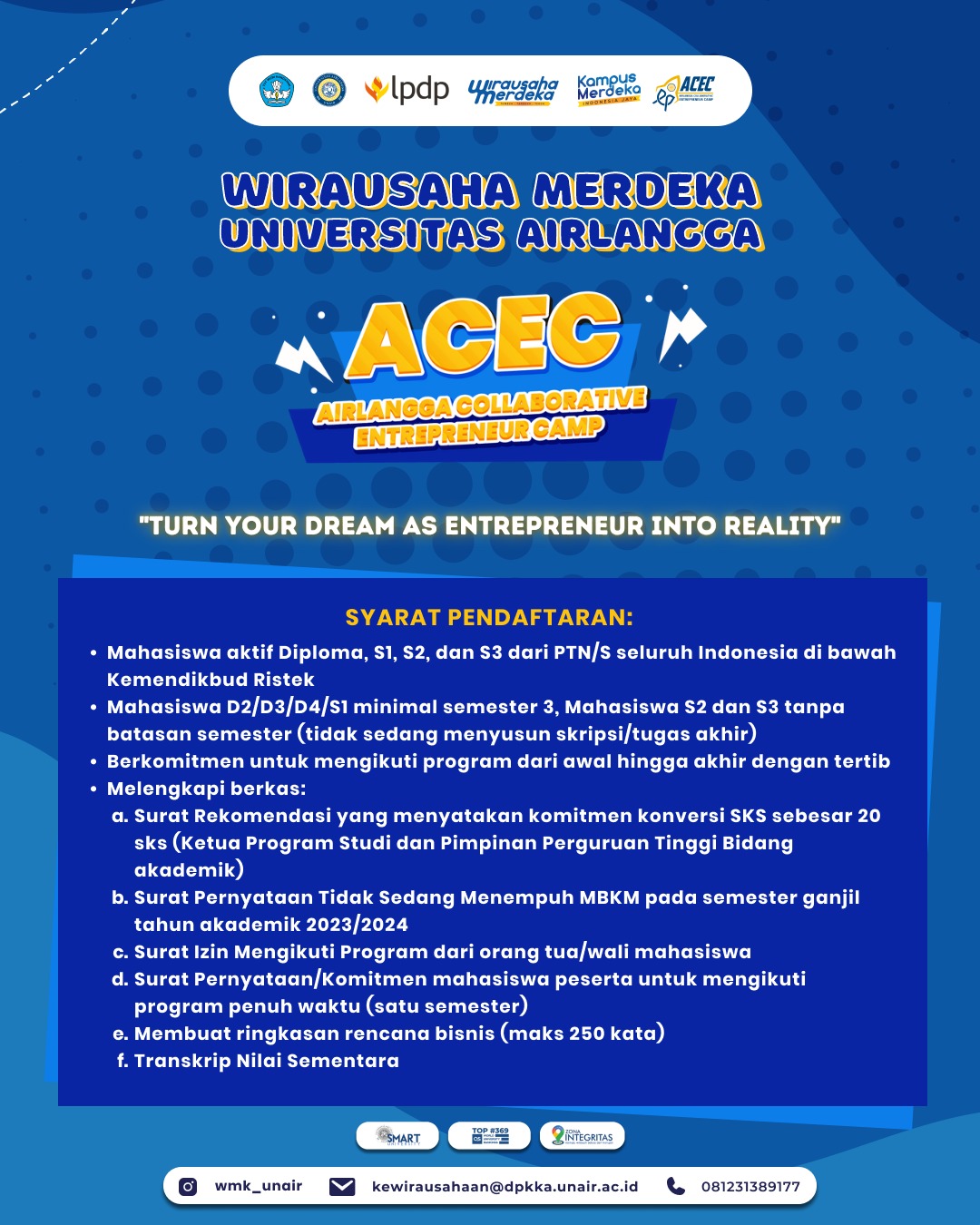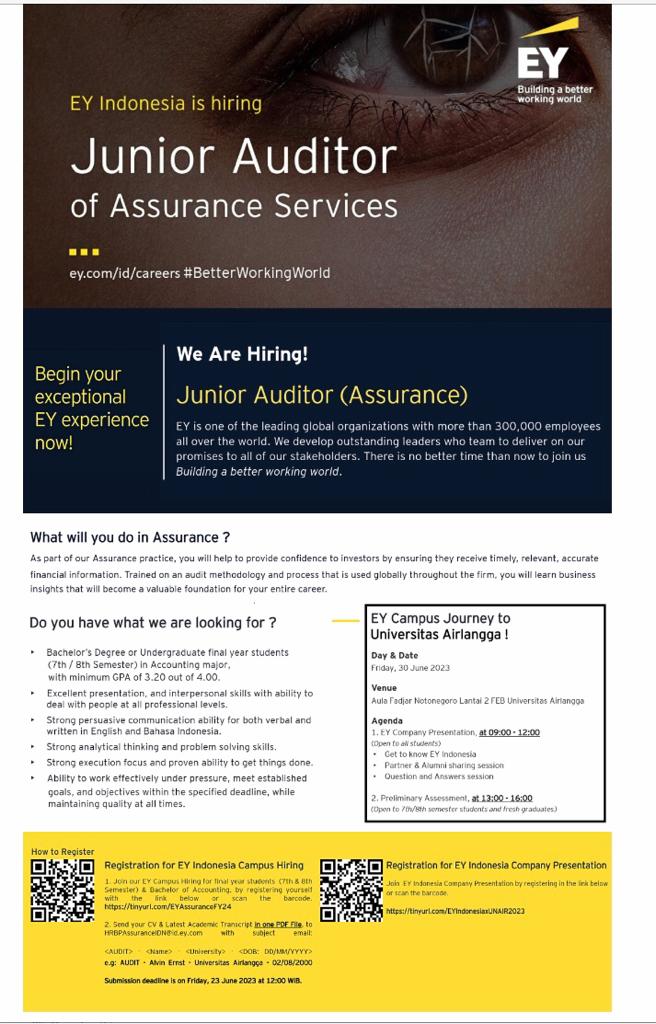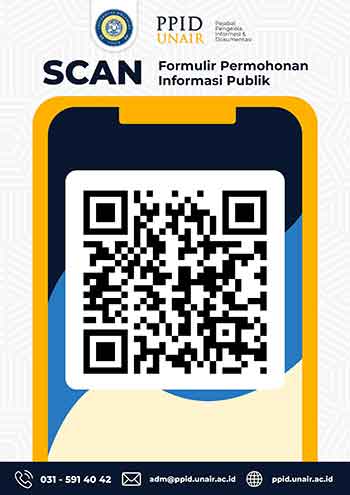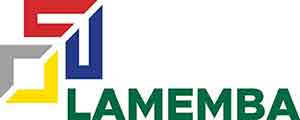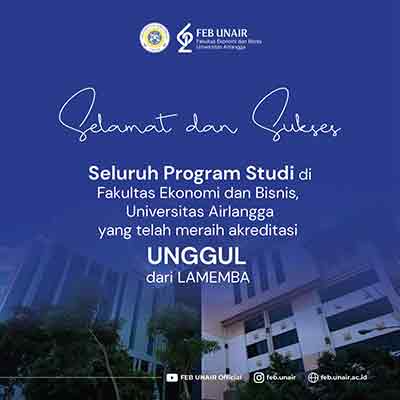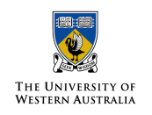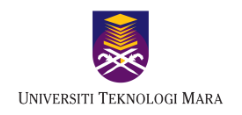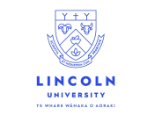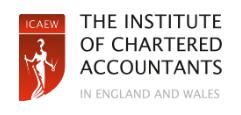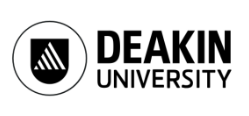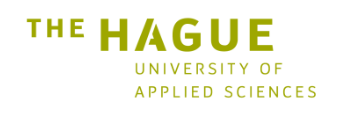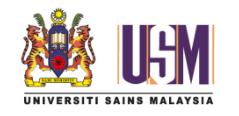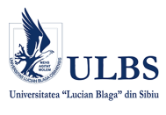𝐊𝐄𝐁𝐀𝐍𝐆𝐊𝐈𝐓𝐀𝐍 𝐈𝐍𝐎𝐕𝐀𝐒𝐈 𝐈𝐍𝐃𝐎𝐍𝐄𝐒𝐈𝐀
𝐊𝐄𝐁𝐀𝐍𝐆𝐊𝐈𝐓𝐀𝐍 𝐈𝐍𝐎𝐕𝐀𝐒𝐈 𝐈𝐍𝐃𝐎𝐍𝐄𝐒𝐈𝐀
Badri Munir Sukoco
Professor of the Faculty of Economics and Business
Airlangga University
In the midst of the Covid-19 pandemic, President Joko Widodo used the moment of National Awakening Day to launch 55 medical devices from a consortium of Indonesian researchers. With the title "𝐊𝐞𝐛𝐚𝐧𝐠𝐤𝐢𝐭𝐚𝐧 ," it is hoped that these products will accelerate the handling of Covid-19 in our country.
It is no coincidence that the 112th anniversary of the National Awakening Day highlights the health sector. In addition to Indonesia being struggling to control the Covid-19 pandemic, the day of national awakening is set according to the birth of Boedi Oetomo, who is thick with medicine. Initiated by dr. Wahidin Soedirohoesodo, chaired by dr. Soetomo, and his management were dominated by students and doctors, alumni of STOVIA (Indigenous-Indigenous Medical Education School) in Batavia.
The President hopes that Indonesian innovation will rise in line with the focus of the Advanced Indonesia Cabinet on transforming the economy. Changing from dependence on natural resources to modern manufacturing and services that are competitive and have high added value. It is not surprising that cabinet meetings are held repeatedly to accelerate innovative and applicable research. Although initially somewhat skeptical, Covid-19 prompted researchers to create innovative medical devices as they were scarce and expensive in the global market.
As a first step to realizing the nation's independence in the health sector (+90% Indonesia imports raw materials for medicines and medical devices), of course the efforts of the researchers who are members of the above consortium should be appreciated. The next question is how to optimize existing research results to support Indonesia's independence in the health sector (and other strategic sectors)?
𝐑𝐢𝐬𝐞𝐭 𝐝 gulung
The latest report 𝐹𝑜𝑟𝑢𝑚 (WEF) places Indonesia #50 in 𝐶𝑜𝑚𝑝𝑒𝑡𝑖𝑡𝑖𝑣𝑒𝑛𝑒𝑠𝑠 (GCR) in 2019 (down 5 places compared to 2018). Of the 12 existing indicators, only the indicator has consistently and convincingly rose to #7. The rest were consistently down, including the latest indicator: innovation capability (#74 in 2019, #68 in 2018). Singapore ranks #13, followed by Malaysia (#30) and Thailand (#50). Consistent with the GCR, Indonesia's position is at 𝐼𝑛𝑛𝑜𝑣𝑎𝑡𝑖𝑜𝑛 (GII) #85 (not moving from the previous year). The other ASEAN members have a higher position: Singapore (#8), Malaysia (#35), Vietnam (#42), Thailand (#43), the Philippines (#54), and Brunei Darussalam (#71).
The research fund allocated by the government is Rp. 27,1 trillion and spread over 81 ministries/agencies (K/L), the problem is that only 13 K/L carry out research, development and utilization activities. This number is relatively small compared to neighboring countries, where Malaysia and Thailand allocate +1% of gross domestic product (GDP); while Indonesia in the last 20 years was only 0,1%. For developed countries, on average, they allocate 2% to 4,5% of their GDP. This fact shows that the R&D budget to GDP is positively correlated to the progress of the nation.
What is interesting is that the budget allocation for &𝐷 in developed countries is not only from the state, but the industry is actively developing from the results of basic research that has been funded by the state (especially by universities). According to GII 2019, some companies have very large &𝐷 . There are 4 companies that have spent $16 billion (Samsung, Alphabet, Volkswagen, and Microsoft), and Huawei spent $14 billion (equivalent to Austria and slightly less than Israel's).
𝐏𝐞𝐫 gulung
A recent study by Arora et al. (2019) in shows that the productivity growth of the United States (USA) has been declining since the 1970s. In the long term, the US competitiveness in innovation and its dominance in the world economy will decrease. This is quite surprising, considering that (NSF) data shows investment in knowledge increased 5X, the number of doctors (2X), and scientific publications (7X).
Interestingly, they argue that the lack of industry involvement in scientific research results in the low application of existing discoveries. To illustrate, the scientific publications produced by DuPont's R&D unit at were higher than those of MIT and Caltech combined in the 1960s. Even AT&T's specializing in transistors and information theory produced 14 Nobel laureates and 5 winners.
The combination of shareholder pressure, high competition and failing to gain public trust has led many companies to withdraw from investing in science. In 1985, 30% of R&D was funded by industry; then in 2015 to only 20%. This is due to the stagnation of the allocated funds , although the grew steadily. As a result, scientific publications produced by industry in the US fell by 20% per decade from 1980 to 2006. Whereas in 1971 41% of innovation winners were companies in the 500, in 2006 there were only 6%. It is not surprising that the report from (WIPO) shows a decline in the US dominance of patents filed (as many as 5.401.401 copies), compared to China's 7.750.082 in the 2008-2017 period.
This condition shows the separation of roles between industry and higher education (PT), where is carried out by industry and by PT. As a result, the research produced by PT is less applicable due to the limited scale and scope it has, while the offered by the industry is decreasing. And of course the difference in motives between the research produced, where researchers at PT get incentives on 𝑐𝑜𝑚𝑒𝑠 , while research in industry on its usefulness (𝑑𝑜𝑒𝑠 ). One solution offered is to facilitate (SET) to work more closely with industry, as in 𝐿𝑎𝑏 or on provides for scientists to transition discoveries (𝑟𝑒𝑠𝑒𝑎𝑟𝑐ℎ) to applications (𝑑𝑒𝑣𝑒𝑙𝑜𝑝𝑚𝑒𝑛𝑡) .
️
The health sector is very strategic for Indonesia and other countries whose economic growth is increasingly dominated by the service sector. The sector in the United States absorbs 12,40% (2018) with health spending reaching 17,90% (2017) from 𝑃𝑟𝑜𝑑𝑢𝑐𝑡. This is what makes investment in the health and biotechnology sector grow and develop, and one of the potential markets to target is Indonesia. Likewise other developed countries that make health as a strategic sector.
On several occasions, the President emphasized the need for downstream research and innovation produced by PT. This expectation tends to be difficult to achieve because there is a gap between the research produced by universities and the industry, and this is initiated by the different motives of the research conducted. The description above shows the importance of the &𝐷 role played by industry for the competitiveness and independence of the nation in the long term, by duplicating the SET program. Indirectly, Indonesian researchers in the last 3 months have conducted SET to answer the nation's problems related to Covid-19.
For the government, attractive incentives need to be given so that industries in Indonesia are interested in allocating &𝐷 , for example acceleration of for industries conducting research and other incentives that can be provided. For PTs, it is imperative to allocate research topics that are highly relevant to industry needs so that they can be utilized optimally. In addition, facilitating and appreciating researchers to actively collaborate with industry in applying their research results - the SET program is a crucial step.
We hope that the economic transformation that was initiated by the revival of innovation in the health sector can be followed by other strategic sectors; so that Indonesia can escape , the vision promised by the Advanced Indonesia Cabinet. (bms)
Source : Opinion, Jawa Pos, 11 June 2020





